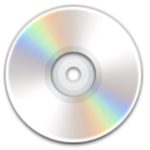Command Line Shortcut for Lengthy SSH Commands
We love tips that make your computing life easier, and this command line tip from Cedrik Morgan falls into that category, making a lengthy ssh command quite a bit shorter by creation of an alias. Here’s what Cedrik writes in:





